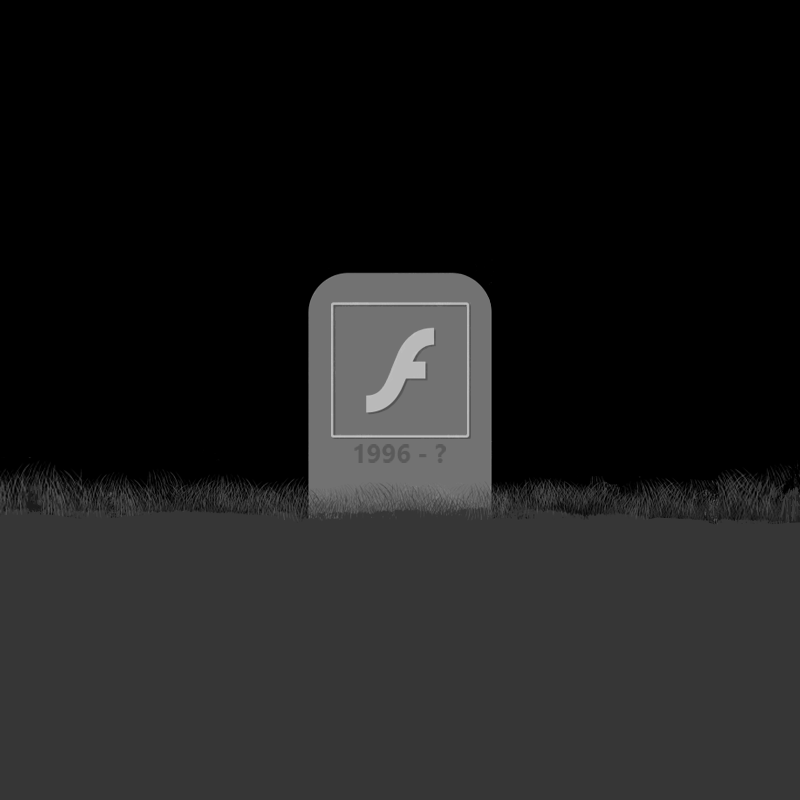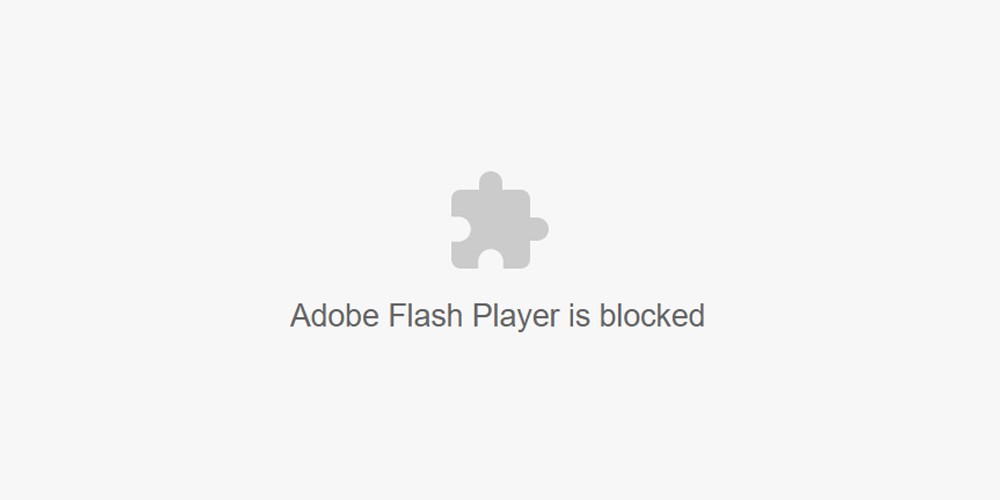
The death of Flash has been predicted. One platform followed by the next started abandoning the once was the popular format for web animation.
Flash served its purpose in the early days of the internet. But since technologies like HTML5 have been widely adopted, the multimedia software platform no longer has the appeal it once did.
Unfortunately for Flash, its death has been a slow one.
Flash's death has been commencing for years, but none of the platforms that supported it have really killed it. Google has sidelined Flash, but still, the format continues living on more than a few websites.
Why is this happening? Why didn't all platforms kill Flash altogether? The answer is simple: Flash has planted a deep root on the web, and there is a lot of legacy content out there that still uses it.
In an effort to really kill Flash, or at least giving it a more agonizing death, Google said that it's search engine is stopping Flash from being indexed. Additionally, Google also said that it is stopping standalone SWF (Shockwave Flash) files from being indexed, too.
With this approach, Google is pretending that Flash doesn't exist, allowing websites (and Flash content creators) a chance to curl up.
In a brief history of Flash, the format was created by Adobe in 1996, or two years before Google was established. Google started indexing Flash files in 2008, to help developers and designers who created animations, games and other media for the web.
According to Dong-Hwi Lee, Google's engineering manager, in a blog post, saying goodbye to Flash:
Fast forward to the modern internet, Google wants to ignore Flash. This should give web owners and webmasters who designed their site in Flash an incentive to ditch Flash and use HTML5 technologies instead.
A consortium of internet companies, including Apple and Facebook have all agreed to kill Flash support once and for all in 2020. And with popular browsers blocking Flash by default, the population slowly diminishes.
Steve Jobs famously hated Flash. When the late Apple co-founder said that, Adobe had Flash's back and defended it. But at this time, even Adobe is giving up.

But what should be noted here is that, Google and others cannot force anyone or any website to follow. It's still up to the web owners and webmasters whether they still want to use Flash.
By deindexing Flash, Google is simply ignoring it.
In other words, any website that is stubborn will have any information within their Flash container, like a storefront, video description, game, or whatever their site may have, not be crawled by Google.
Indirectly, this can affect their rank in Google's search engine results pages.
Then comes the real question:
Is Flash dead? No. At least until 2020, Flash will still live.
For users who still want to play some old Flash games, they should be available on websites that host them. Those websites can still rank well on Google, partly because they're not Flash-powered, and also because the demand is still relatively high.
For the rest of the web, they won't notice much of a change. This is mostly because Flash-powered websites aren't often high on Google's search results pages.
"Most users and websites won't see any impact from this change," said Dong-Hwi Lee, an engineering manager at Google.